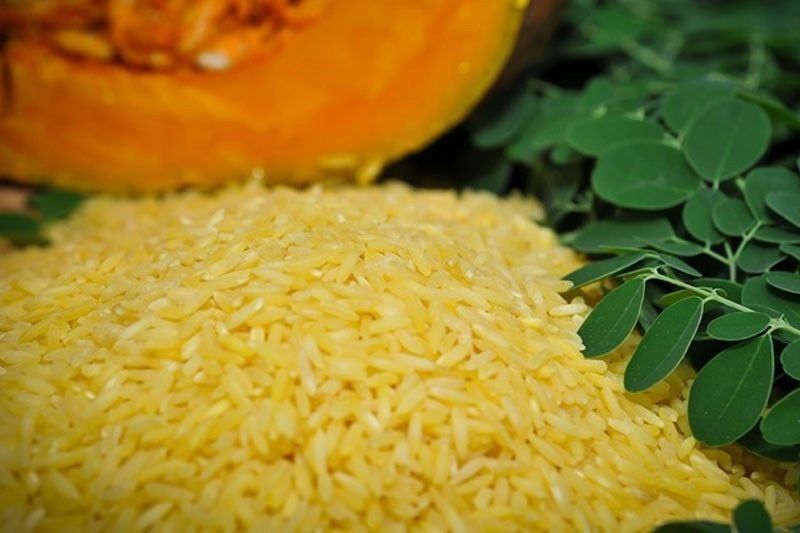Lift ban on Golden Rice, High Court urged

MANILA, Philippines — The Philippine Rice Research Institute (PhilRice) has asked the Supreme Court to reverse the appellate court’s decision which halted the commercial propagation of Golden Rice in the country.
PhilRice said it filed a petition for review on certiorari with a request for a temporary restraining order and preliminary injunction before the High Court to challenge the Court of Appeals’ decision on the Writ of Kalikasan case against Golden Rice.
“In its petition, PhilRice appeals to the Supreme Court for the reversal of the CA rulings and for the recall of the Writ of Kalikasan,” the attached agency of the Department of Agriculture (DA) said recently.
In April, the CA granted a writ of kalikasan to the Magsasaka at Siyentipiko para sa Pag-unlad Agrikultura, Greenpeace Southeast Asia-Philippines and other environmental groups, citing potential risks of the Golden Rice and Bt talong to the environment and public health.
A writ of kalikasan is a legal remedy that safeguards people from environmental hazards that threaten life, health or property across two or more municipalities.
The CA issued a cease and desist order and directed the University of the Philippines-Los Baños and the Philippine Rice Research Institute to stop the commercial propagation of the two genetically modified crops.
Citing a recent study, PhilRice pointed out that farmers and even consumers are “willing to accept and consume” Golden Rice, which is locally branded as Malusog Rice.
The study titled Stakeholders Willing to Accept and Consume Beta Carotene-enriched Rice: Findings from the Pilot-Scale Deployment of Malusog Rice showed that Malusog Rice provided 30 to 50 percent of the estimated average Vitamin A requirement.
The same study indicated that households in Quirino and Agusan del Sur recorded a 100 percent acceptability score for Malusog Rice while other provinces such as Catanduanes, Antique, Samar and Lanao del Norte posted acceptance rates between 97 and 99 percent, PhilRice added.
Malusog Rice aims to address the country’s Vitamin A deficiency problems while providing farmers with comparable yields to ensure their profitability, PhilRice said.
In 2023, PhilRice expanded the cultivation of Malusog Rice to 117 hectares across 18 provinces with average yields ranging between 3.2 and 4.9 metric tons per hectare.
“Production cost assessments during the 2022 and 2023 cropping seasons further showed that Malusog Rice’s production costs at P12.07 to P12.15 per kilo are on par with conventional rice varieties,” it said.
- Latest
- Trending





























